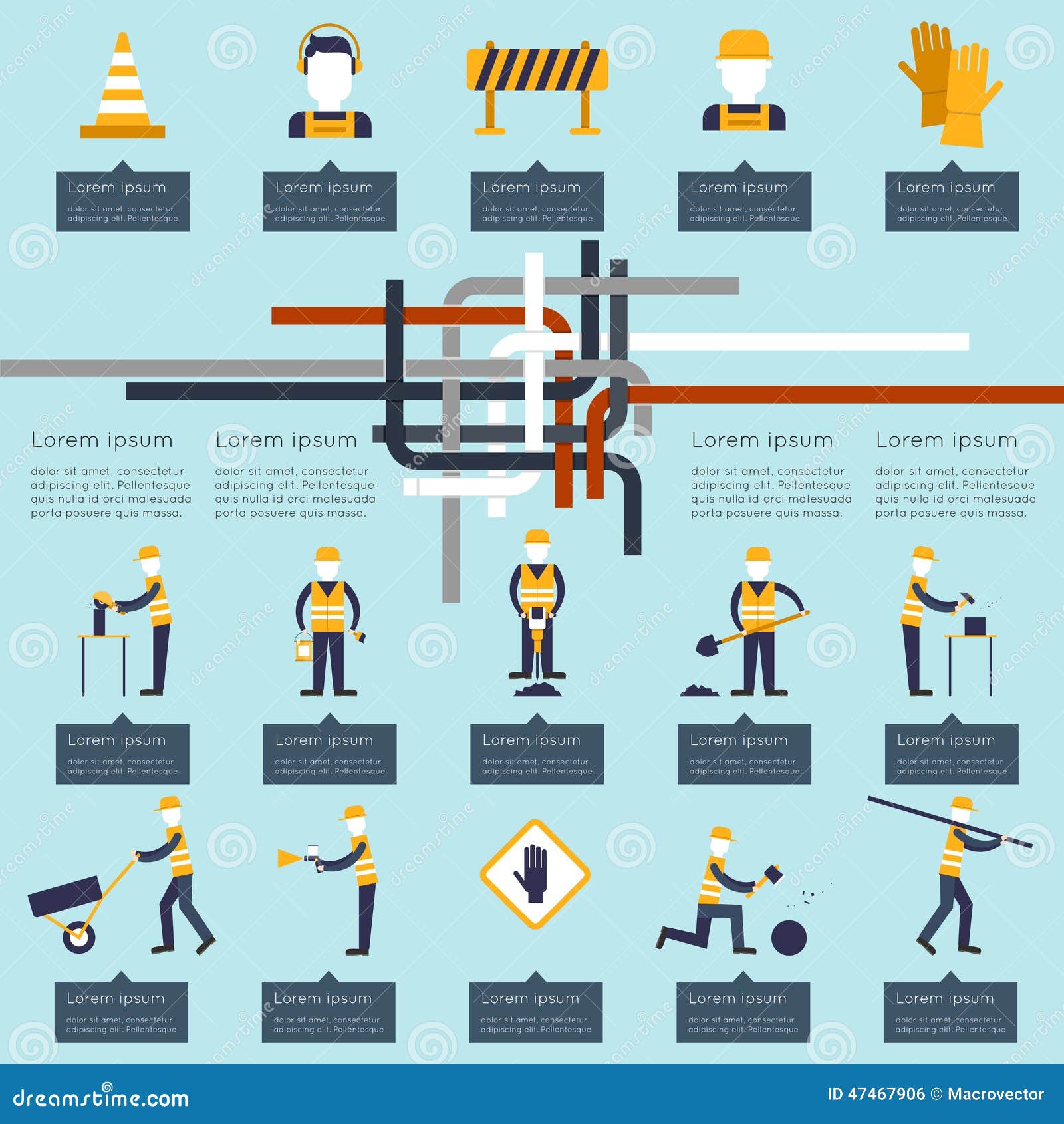Exactly How Weather Conditions Can Influence Your Outside Painting Job
Exactly How Weather Conditions Can Influence Your Outside Painting Job
Blog Article
Content Writer-Mclean Hjorth
Recognizing exactly how weather conditions can influence the result of an outside painting endeavor is paramount for attaining a flawless finish. From temperature fluctuations modifying paint adhesion to humidity levels influencing drying out times, each aspect of weather plays a substantial duty in the success of your task. Furthermore, wind speed and precipitation can present unexpected obstacles that might endanger the high quality of the result. As we navigate with the subtleties of climate's effect on external paint, it becomes evident that precise preparation and critical timing are important for making sure a specialist and sturdy result.
Perfect Temperature Array for Paint
When thinking about outside paint tasks, the optimal temperature array plays an important role in accomplishing ideal outcomes. Paint in the appropriate temperature level conditions guarantees that the paint sticks properly to the surface area, dries uniformly, and cures properly. Normally, the advised temperature level array for outside paint is between 50 to 85 degrees Fahrenheit.
Paint in temperature levels below 50 degrees Fahrenheit can bring about problems such as bad paint attachment, long term drying times, and a raised likelihood of breaking or peeling off.
On the other hand, paint in temperature levels above 85 degrees Fahrenheit can create the paint to completely dry also swiftly, leading to blistering, bubbling, and an irregular finish.
To achieve the most effective outcomes, it is necessary to check the weather prediction before beginning an external paint job. Ideally, objective to repaint during light weather with modest temperatures and low moisture levels.
Effects of Moisture on Paint Drying
Moisture degrees dramatically affect the drying out process of paint put on exterior surface areas. High humidity can prolong the drying time of paint, causing potential concerns such as trickling, spotting, or perhaps the formation of bubbles on the painted surface area. https://professionalexteriorhouse08754.frewwebs.com/34416495/pro-tips-for-a-harmonious-working-partnership-with-residence-paint-experts in the air slows down the dissipation of water from the paint, preventing the healing procedure. This is especially troublesome for water-based paints, as they depend on dissipation for drying out.
On the other hand, low moisture degrees can additionally impact paint drying out. Exceptionally completely dry conditions might cause the paint to completely dry too quickly, leading to poor adhesion and a rough coating. In https://professional-painters-nea53197.boyblogguide.com/32919618/crucial-questions-to-ask-prior-to-hiring-home-painters , including a paint conditioner or splashing a fine haze of water airborne can help manage humidity levels and enhance the painting result.
To ensure optimal drying problems, it is a good idea to repaint when the moisture degrees vary in between 40% and 50%.
Tracking humidity levels and taking suitable procedures can aid accomplish a smooth and sturdy paint finish on outside surface areas.
Wind and Precipitation Considerations
Wind speed and precipitation are vital variables that considerably impact the success of an exterior painting job.
When it pertains to wind, both rate and direction are vital considerations. High wind rates can create paint to dry too promptly, leading to a subpar completed with prospective concerns like splitting or unequal appearance. Additionally, house painters near me can lug debris that may follow the damp paint, resulting in flaws. Consequently, painters must intend to work on days with light to moderate winds for optimal paint problems.
On the other hand, rainfall, whether rainfall or snow, can be extremely destructive to the end result of an exterior paint project. Wetness from rainfall can hinder paint bond, causing peeling off and bubbling over time. It is critical to prevent paint during rainy or snowy weather to ensure the longevity and top quality of the paint job. Painters must likewise permit ample time for the surface area to dry completely after any type of rainfall prior to starting or resuming the painting process.
Conclusion
Finally, weather conditions play a significant role in the outcome of an exterior painting project. The excellent temperature level range, humidity degrees, wind speed, and precipitation all contribute to the success or failing of the paint job.
It is necessary to think about these aspects and strategy as necessary to make sure proper paint attachment, drying times, and general quality of the completed item.
